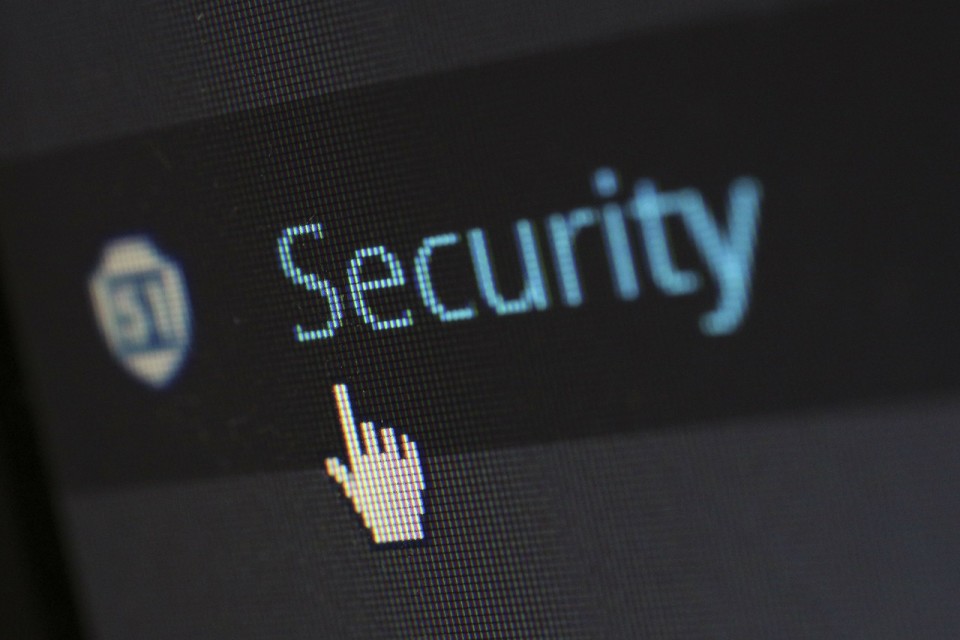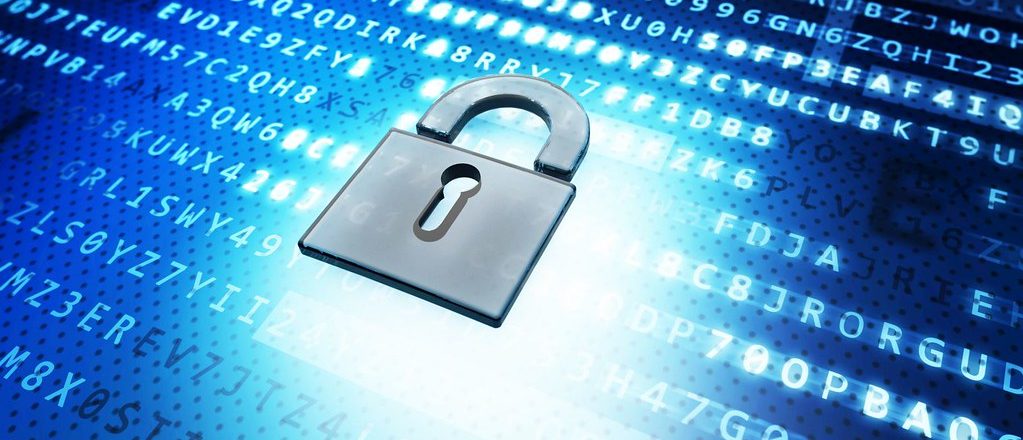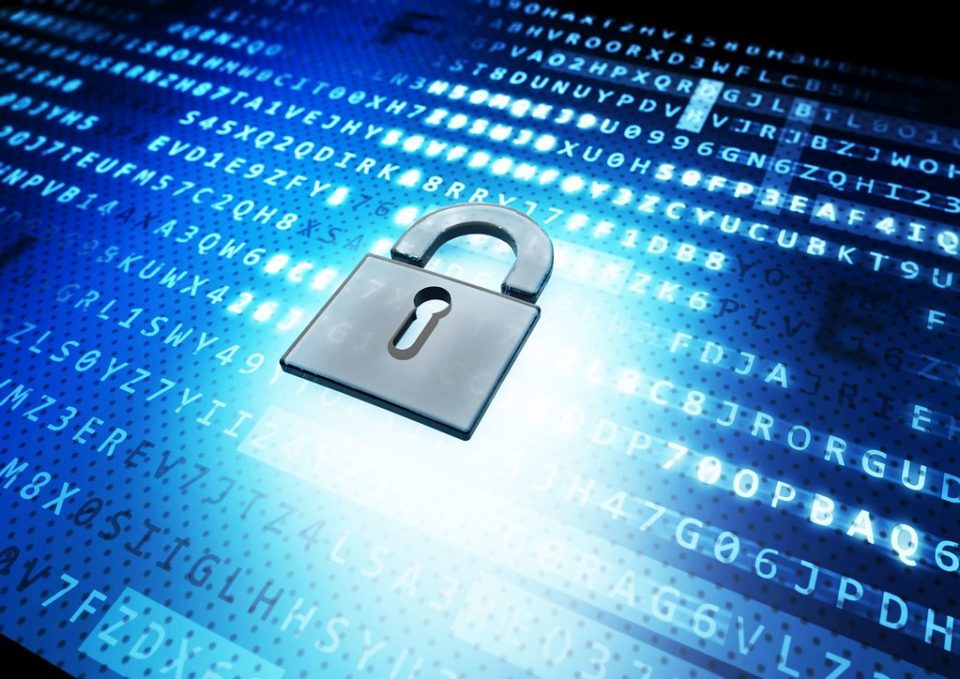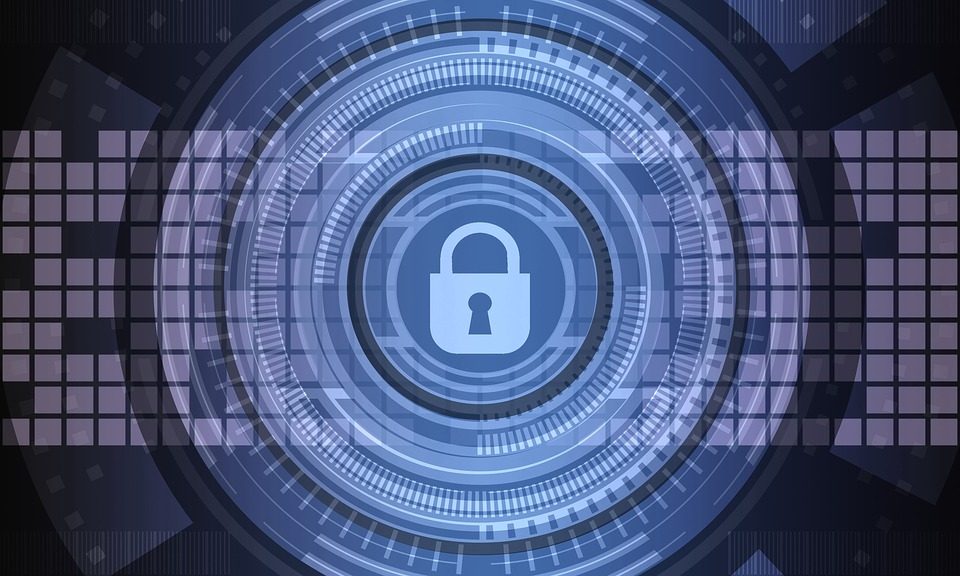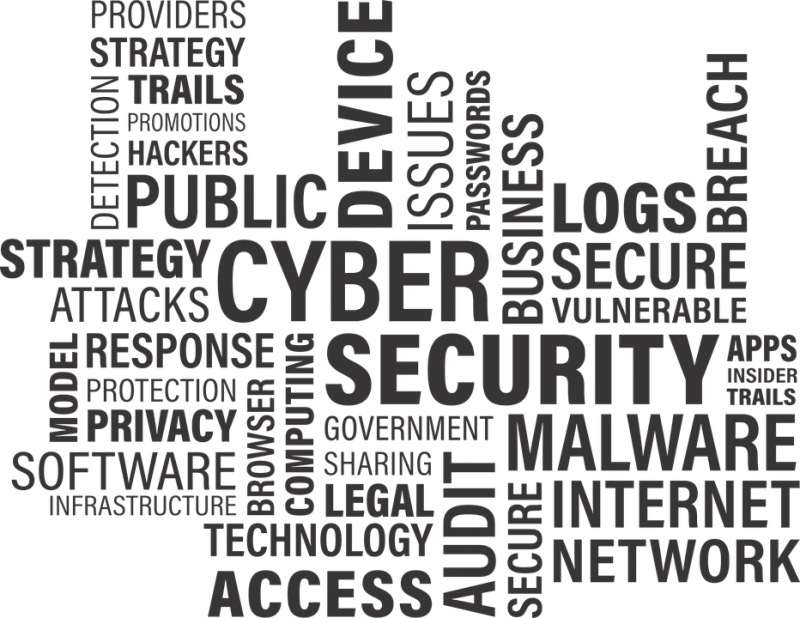
It’s crucial that PC networks are secure and protected. But this doesn’t mean that individual PCs should be neglected when it comes to security.
There are plenty of threats awaiting your employees’ workstations. And these are often threats that are difficult to monitor and identify. Protecting each individual workstation should be a priority. You can achieve this by providing training to your employees. Educating them in the best practices of workstation security allow you to enhance security. And there are measures that you, as an organization, can also take to protect your workstations.
The Best Ways to Secure a PC Workstation
The damage that can be caused from a single PC can have wide reaching implications for your organization. So, protecting these workstations is essential. Make sure you implement the following:
- Strong Passwords: Each workstation will require a password to gain access to it, so this needs to be strong. A strong password will prevent unauthorized access. A minimum length should be set to 12 characters to discourage brute force hacks. And, to add complexity, these passwords must always contain numbers, symbols and a mixture of upper/lower case characters.
- Lock Screens: When employees go to lunch they have a tendency to leave their PC unattended. And this is very dangerous. Anyone passing, be they an employee or a visitor, has the opportunity to access the data on that PC. You don’t have to be a security expert to understand how serious a threat this is. However, the threat can be completely nullified by encouraging your employees to lock their screens. In Windows 10 all you have to do is hit the Windows key and the L-key to password protect your screen.
- Disable USB Ports: USB ports are a major security risk to workstations as they allow a multitude of devices to connect to your PC. These can be as innocent as a charging device for your phone, but there’s also the potential for malware to be uploaded to the workstation. There’s a myth that gluing up USB ports is a suitable solution, but the truth is that this approach is amateur at best. Instead your IT team needs to be disabling power to these ports to prevent unauthorized devices being connected.
- Encrypt Personal Files: Every employee will have unique and sensitive files on their workstations. Giving these files a high level of security should be a priority. And your employees have the opportunity to strengthen this security. All they need to do is encrypt the folders that contain these files. By right clicking the folder in question you can move through Properties and then click the Advanced button to access Advanced Attributes. In here you can select encryption options and set a unique password.
Final Thoughts
It’s important that your organization and employees work together to strengthen workstation security. Training should always be a priority. A good training program will deliver skills that are invaluable in protecting workstations. And, by protecting individual workstations, you are significantly reducing the threat of any data breaches.
For more ways to secure and optimize your business technology, contact your local IT professionals.
Read More



